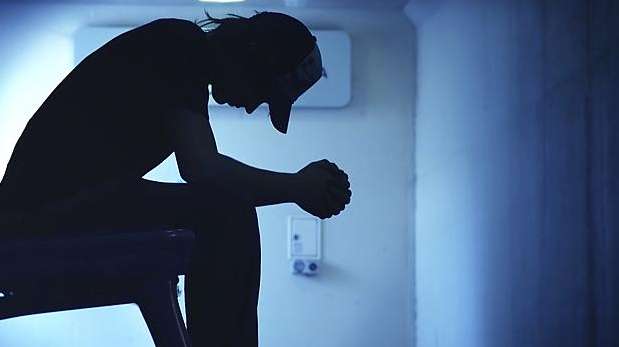Vulnerable GLBT youth pawns in plebiscite game (Aust)
 NewsWeekly 23 September 2015
NewsWeekly 23 September 2015
There is no research to show that legalising same-sex marriage would reduce the GLBT suicide rate. It would appear to be based on an ideological assumption rather than on hard evidence.
The current Senate Committee inquiry into a popular vote on same-sex marriage has heard stern warnings against holding a plebiscite or popular vote because it “could damage young gay people”. On ABC Radio’s AM on September 11, NSW Nationals MP Trevor Khan warned against exposing young gay people to the sort of public debate that would be caused by a plebiscite because their rate of suicide and self-harm was much higher than in the general population.
Beyondblue ran a full-page advertisement in The Australian newspaper (Tuesday, September 1, page 8) claiming that GLBT people “take their own lives at much higher rates than heterosexual people” and that the current marriage law causes them “hurt, pain, mental illness and worse”.
Although no source was provided for actual GLBT suicide figures, it is deeply concerning that GLBT people experience a higher rate of attempted suicide and suicide ideation than does the general population.
It raises the question: have countries that have legislated same-sex marriage show a reduction in attempted suicide rates for GLBT people?
Denmark legislated for Registered Partnerships in 1989, yet as a 2011 Danish study (Mathy, R.M. et al.) found that suicide risk seemed to be greatly elevated for Danish men in same-sex partnerships.
In the Netherlands, where same-sex marriage was legislated in 2001, almost 64 per cent of LGBT 18–24-year-olds surveyed in 2009 still reported thinking about suicide and almost 13 per cent of them attempted suicide, higher than for their heterosexual peers (Bergen et al., 2013). Legislating same-sex marriage does not appear to have reduced the rate of suicide attempts or suicidal ideation for GLBT young people in the Netherlands.
In Australia there are again no actual figures to show whether the suicide rate in GLBT people is higher than the rate in the population over all. However, of the 5,966 suicide cases examined in a 2014 Queensland study (Skerrett et al., 2014), only 0.58 per cent, or 35 people, were identified as GLBT. The more important finding was that two-thirds of the LGBT subjects had relationship problems with partners, compared with only one-third of the non-GLBT subjects.
Looking at the United States, in Massachusetts in 2007, after four years of same-sex marriage, GLBT teens were still about four times more likely to attempt suicide than their heterosexual peers (Maggie Gallagher, Townhall.com, October 20, 2010), the same as it 2001.
More important findings of that study were that GLBT students were also more than twice as likely to report having had sexual intercourse before age 13 – that is, to be sexually abused as children – and three times as likely to report being the victims of dating violence, and nearly four times as likely to report forced sexual contact. A majority also reported using illegal drugs in the previous month and, unexpectedly, GLBT teens were also three times as likely as their heterosexual peers to report either becoming pregnant or getting someone else pregnant.
A recent study in Minnesota made similar findings (Allie Shah, Star Tribune, August 6, 2015).
A Norwegian study of GLBT-specific risk factors for attempted suicide (Hegna and Wichstrom, 2007) also included early heterosexual debut (less than 16 years) and young age of coming out (less than 15 years).
Forced sex, childhood sexual abuse, dating violence, early unwed pregnancy, substance abuse – could these be more important factors in the increased suicide risk of LGBT teens than any debate over same-sex marriage? This is the real picture, the real tragedy that needs to be dealt with. To tell them that a debate about whether same-sex marriage should be legislated will cause them distress, even to the extent of contemplating suicide, is potentially more damaging to them than the debate itself.
http://www.newsweekly.com.au/article.php?id=57072






